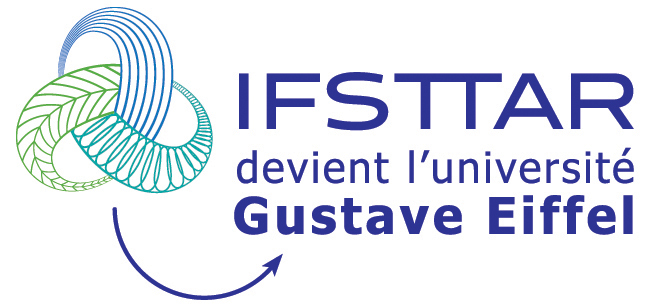Energy Not Exchanged: A Metric to Quantify Energy Resilience in Smart Grids
Résumé
In high-impact, low-probability (HILP) events, resilience is defined as the ability of a system to return to a normal operating state after a failure. The generalization of information technologies and distributed renewable production is transforming the power grid into the so-called smart grid, thus allowing for new mitigation methods to address failures. After illustrating the limits of currently existing metrics, this paper proposes a method to quantify the resilience of smart grids during physical line faults while identifying the most impactful failures. For this purpose, a new resilience metric is defined in order to quantify Energy Not Exchanged (ENE). The calculation of this metric in a power grid via the optimal power flow (OPF) serves, therefore, to quantify the extreme resilience of the grid. In addition, various mitigation strategies, which enable maintaining a high level of resilience, despite the presence of failure, are simulated and then compared to one another (tie switch and microgrid formation).
Domaines
Energie électrique
Origine : Fichiers produits par l'(les) auteur(s)
licence : CC BY - Paternité
licence : CC BY - Paternité


